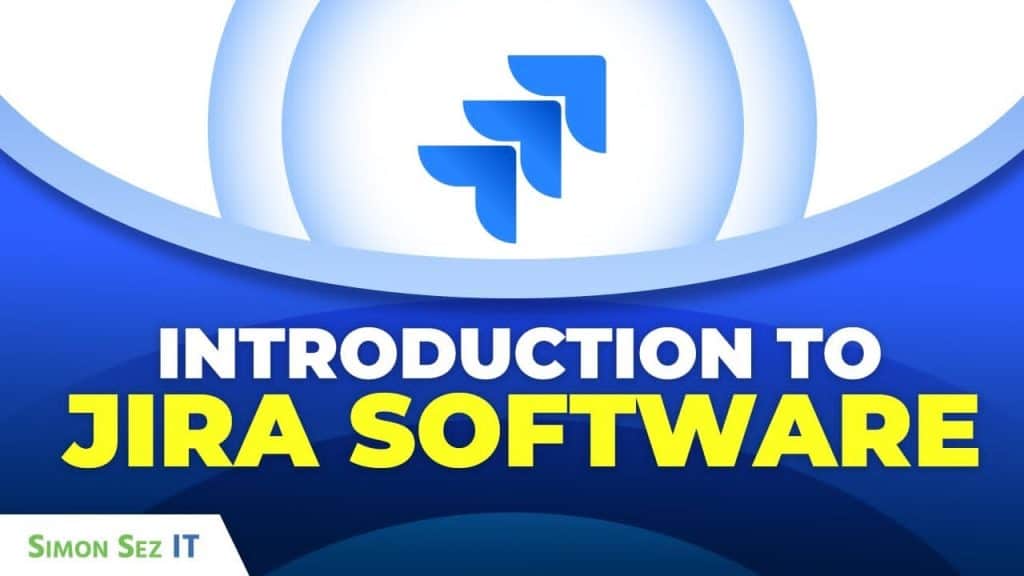Getting Started with Jira Software
What is Jira? Introduction to Basics for Beginners
Jira Software is a powerful tool for project management, widely used by Agile teams to plan, track, and manage work. It helps teams stay organized and efficient by structuring tasks and workflows in a way that supports Agile methodologies.
The first key concept is the Agile methodology itself, which focuses on iterative development, continuous feedback, and collaboration. These principles are embedded within Jira, enabling teams to work in short, focused sprints and constantly improve their processes based on feedback.
Understanding Agile terms like epics, stories, tasks, and sprints is crucial to navigating Jira. These terms represent the various levels of work within a project and help teams prioritize and break down their tasks effectively. Jira’s structure is built around these terms to ensure smooth task management.
Finally, Jira’s user interface is designed to help users quickly find and manage projects. With tools like the issue navigator, backlog view, and customizable boards, Jira provides an intuitive way to visualize progress, track tasks, and stay on top of work, allowing teams to operate efficiently.
- What is Jira? Introduction to Basics for Beginners
- Understanding Jira: Agile Concepts and Key Features
Understanding Jira: Agile Concepts and Key Features
1. Agile Methodology 101
Agile is a flexible project management approach that focuses on iterative development, regular feedback, and continuous improvement. It’s designed to help teams deliver work in smaller, manageable increments, rather than one large release. Jira supports Agile methodologies by providing features that mirror real Agile workflows.
Scrum and Kanban are two widely used approaches, each offering a distinct structure for managing work. Scrum uses time-boxed iterations known as sprints, while Kanban emphasizes visualizing workflow and limiting work in progress. Understanding these approaches gives users a solid foundation for using Jira effectively.
2. Agile Terms in Jira
Jira incorporates Agile-specific terminology that teams use daily. Epics are large initiatives that can be broken down into stories, which represent smaller units of user-focused work. Within stories, teams may create tasks and sub-tasks to organize and assign more granular pieces of work.
Sprints are fixed periods during which selected work is completed, typically lasting 1–4 weeks. The backlog serves as a prioritized list of work that hasn’t been started yet. Learning these terms helps teams collaborate more effectively and manage their work with greater clarity.
3. Jira Terms You Need to Know
Jira also has platform-specific terms that differ from traditional Agile vocabulary. Issues are at the heart of Jira—they represent all work items, whether they’re bugs, tasks, or stories. A project in Jira is a collection of related issues grouped under a single initiative.
Workflows define the steps an issue follows from creation to completion and can be customized to fit different team processes. Boards, whether Kanban or Scrum, provide a visual way to manage tasks, track progress, and identify bottlenecks in real-time.
4. Getting Familiar with Jira’s Interface
The user interface in Jira is built to simplify navigation and project tracking. Users can access the main dashboard to see key information at a glance, like assigned tasks and recent updates. The issue navigator helps locate specific work items, while the backlog view organizes upcoming tasks. Boards display current work visually, and the sidebar allows quick access to projects and filters. For beginners, getting comfortable with these tools is the first step to becoming proficient in Jira.
Also read:
How to Use VLOOKUP to Compare Two Lists
Please visit our free resources center for more high-quality guides and training.
Ready to dive deep into Excel? Click here for basic to advanced Excel courses with in-depth training modules.
Simon Sez IT has been teaching Excel and other business software for over ten years. You can access 200+ IT training courses for a low monthly fee.



